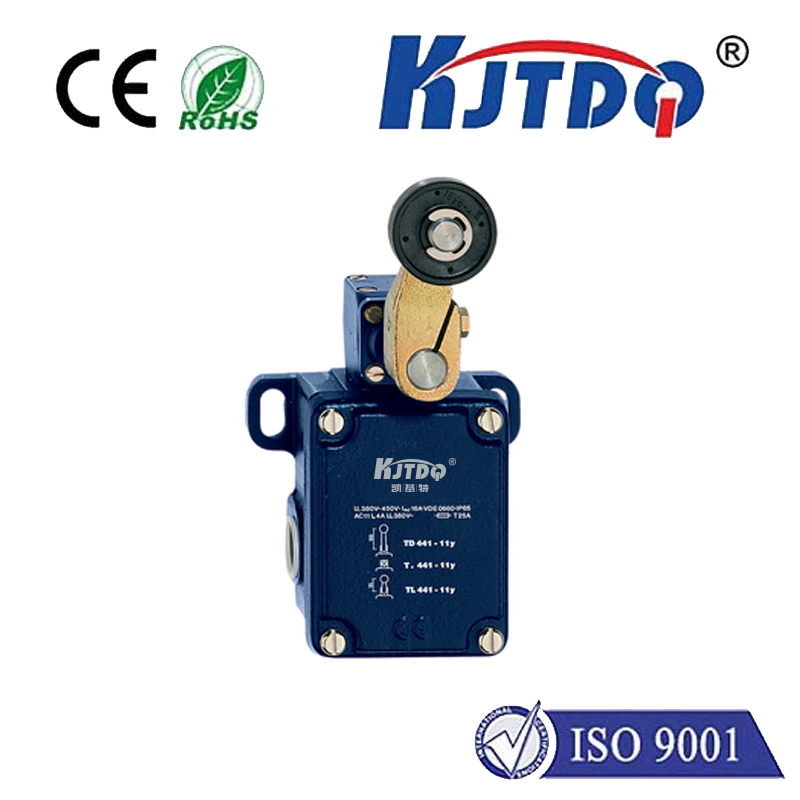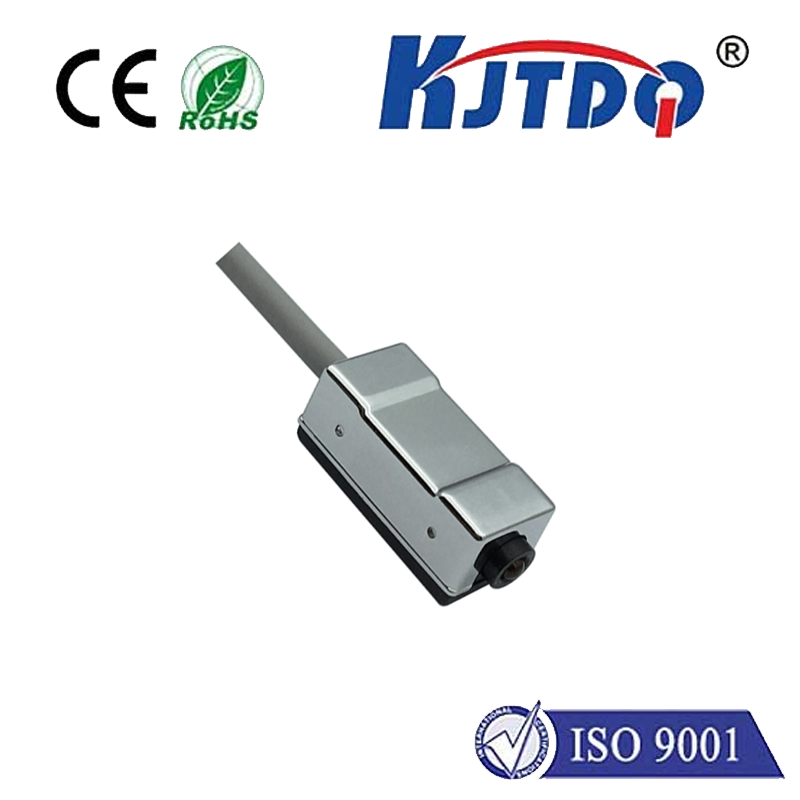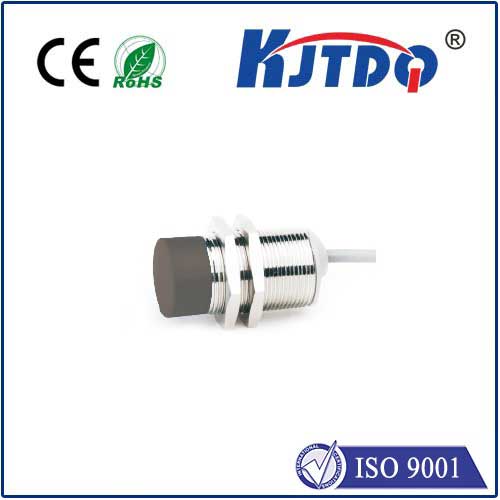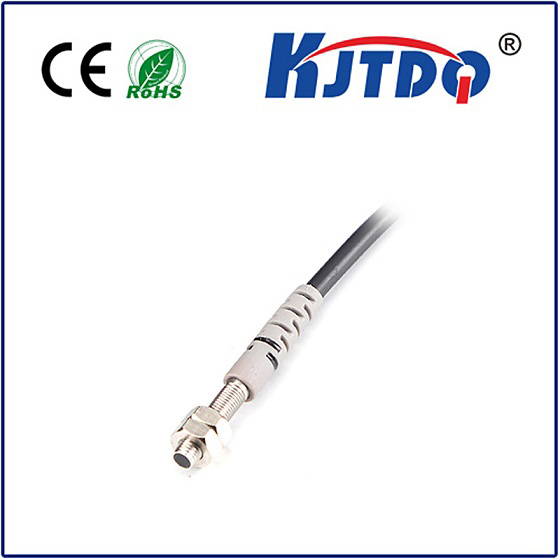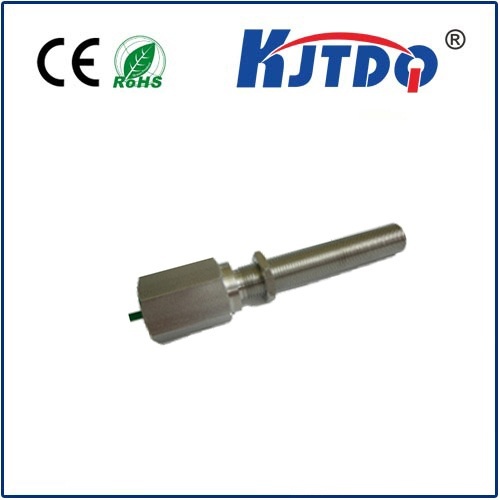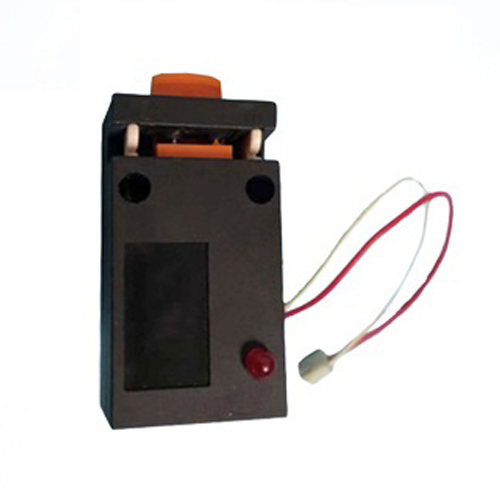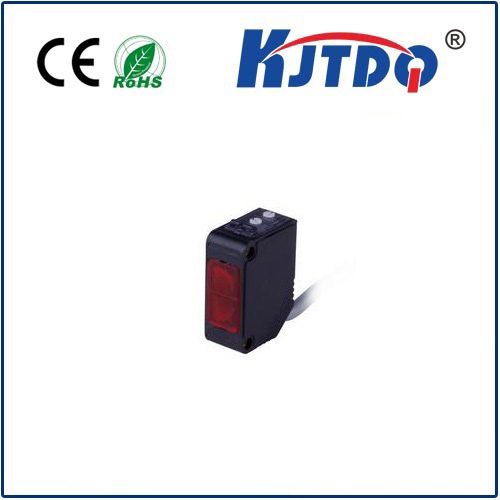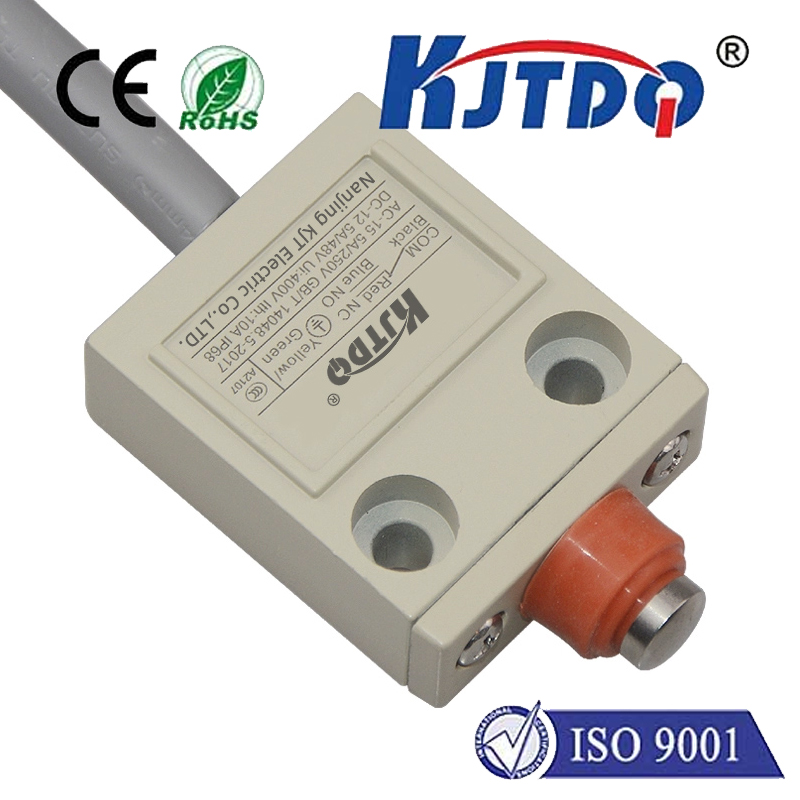

check

check

check

check

check

check

check

check

check

check

Title: Understanding the Versatility of Capacitive Proximity Sensors Capacitive proximity sensors are a type of sensing device that detects the presence of an object without physical contact, using the change in capacitance as the underlying principle. They operate by creating an electric field between two conductive plates; when a dielectric—which could be a human finger or any other non-conductive material—comes close to the field, it distorts the field and changes the capacitance, which can then be measured and interpreted into a signal. This range of capacitive proximity sensors is instrumental across various fields due to their versatility, contactless measurement capability, and durability. Let’s explore the different aspects that make capacitive sensors an essential tool in modern technology. Applications Across Industries One of the key features of capacitive proximity sensors is their broad applicability, making them suitable for use in numerous industries. In the automotive industry, these sensors are used for tasks such as engine management, transmission control, and even advanced driver-assistance systems (ADAS). Their ability to withstand harsh environments while maintaining high precision makes them ideal for industrial automation as well, where they manage everything from conveyor belt speeds to robotic arm maneuvering. In consumer electronics, capacitive sensors are ubiquitous, powering touch screens on smartphones, tablets, and laptops. The same technology also finds applications in household appliances like microwaves and kitchen faucets, providing users with intuitive, contactless ways to interact with their devices. Advantages of Using Capacitive Sensors The advantages of capacitive proximity sensors are numerous. Firstly, they offer high levels of accuracy and repeatability, essential for tasks that require precise measurements or movements. Secondly, the lack of physical contact means less wear and tear on both the sensor and the objects being sensed, translating into longer lifespans and lower maintenance costs. Moreover, capacitive sensors can operate through non-conductive materials, allowing for greater design flexibility as they can be embedded behind surfaces without compromising functionality. Another significant advantage is safety; since there’s no need for physical contact, capacitive sensors are ideal for applications where hygiene or safety is paramount, such as medical devices or food processing equipment. Additionally, they are less affected by environmental conditions like dust, moisture, or ambient light compared to optical sensors, making them reliable in diverse operational settings. Challenges and Considerations Despite their many benefits, capacitive proximity sensors do come with some challenges. One of the primary considerations is their sensitivity to electrical noise, which can interfere with performance. To mitigate this issue, designers may need to integrate additional shielding or filtering mechanisms. Also, the detection range of capacitive sensors can be limited depending on the material and size of the target object, which might restrict their use in certain applications. Moreover, the initial cost and complexity of integrating capacitive sensors into existing systems can be higher compared to simpler technologies like mechanical switches or basic photoelectric sensors. However, the long-term benefits in terms of reliability, low maintenance, and enhanced functionality often outweigh these upfront investments. Future Trends and Innovations Looking ahead, the evolution of capacitive proximity sensors shows no sign of slowing down. Advances in materials science could lead to sensors that are even more sensitive and capable of operating over greater distances than today’s models. Additionally, integration with Internet of Things (IoT) platforms is set to expand their capabilities, enabling smarter monitoring systems that can provide real-time data analytics and predictive maintenance. Furthermore, as demand grows for more user-friendly interfaces in both consumer electronics and industrial machinery, innovations in capacitive sensing technology will likely continue to drive new solutions that enhance interaction and usability. In conclusion, the range of capacitive proximity sensors offers a powerful toolset for a myriad of applications spanning multiple industries. Their advantages in precision, durability, and versatility make them indispensable in today’s technological landscape. While challenges exist, ongoing developments promise to address these issues and unlock even greater potential in the world of sensing technology. As we move forward, the continued innovation in capacitive proximity sensors will undoubtedly play a crucial role in shaping the future of how we interact with the world around us.
